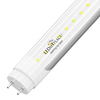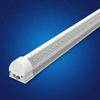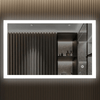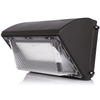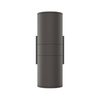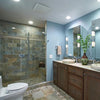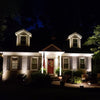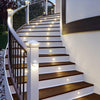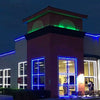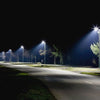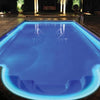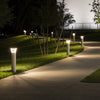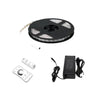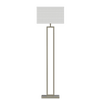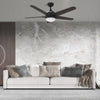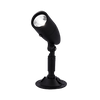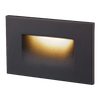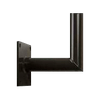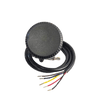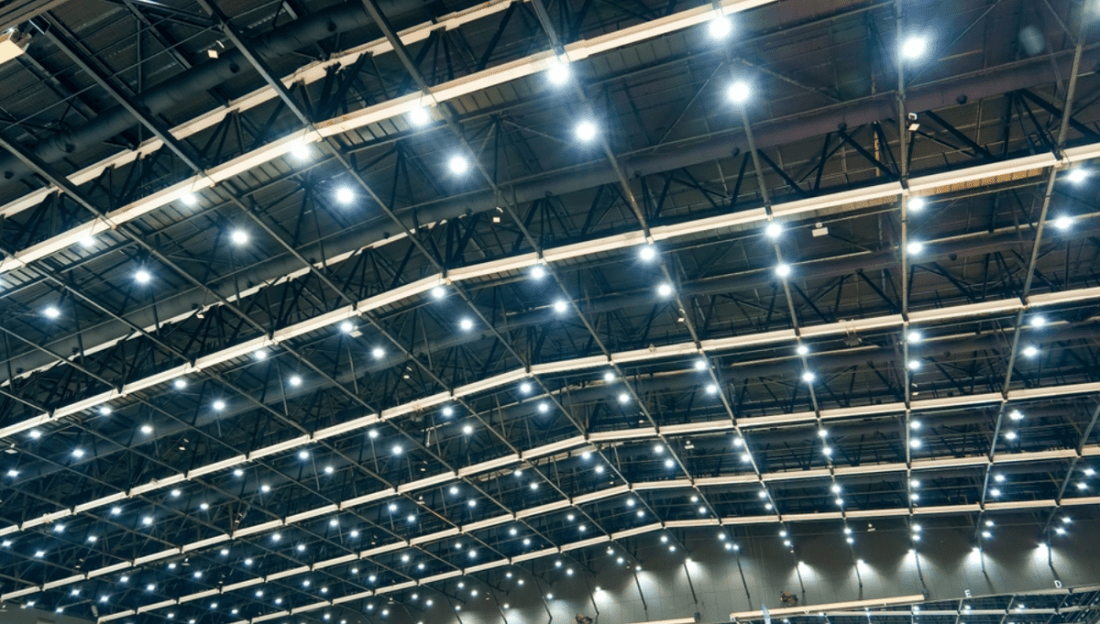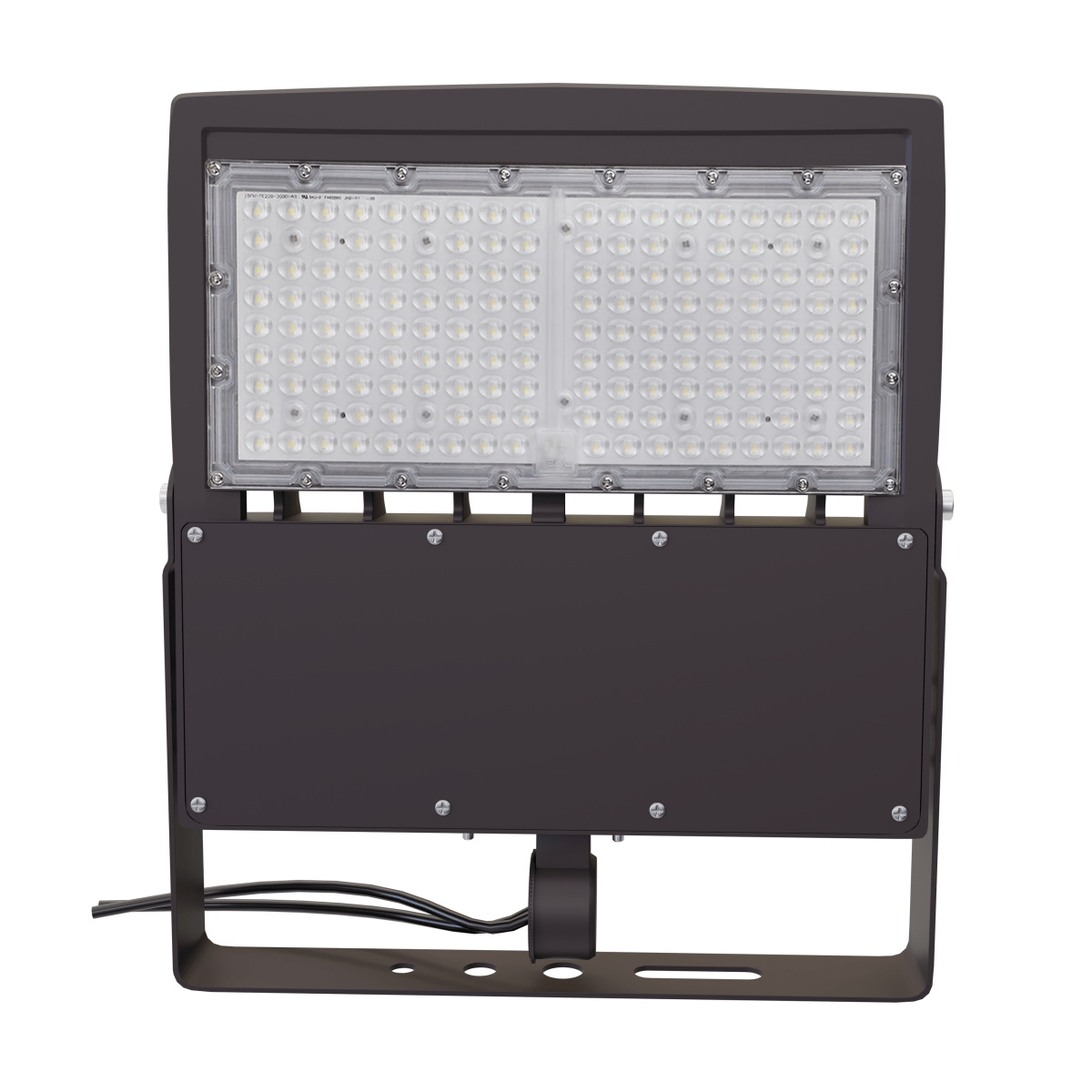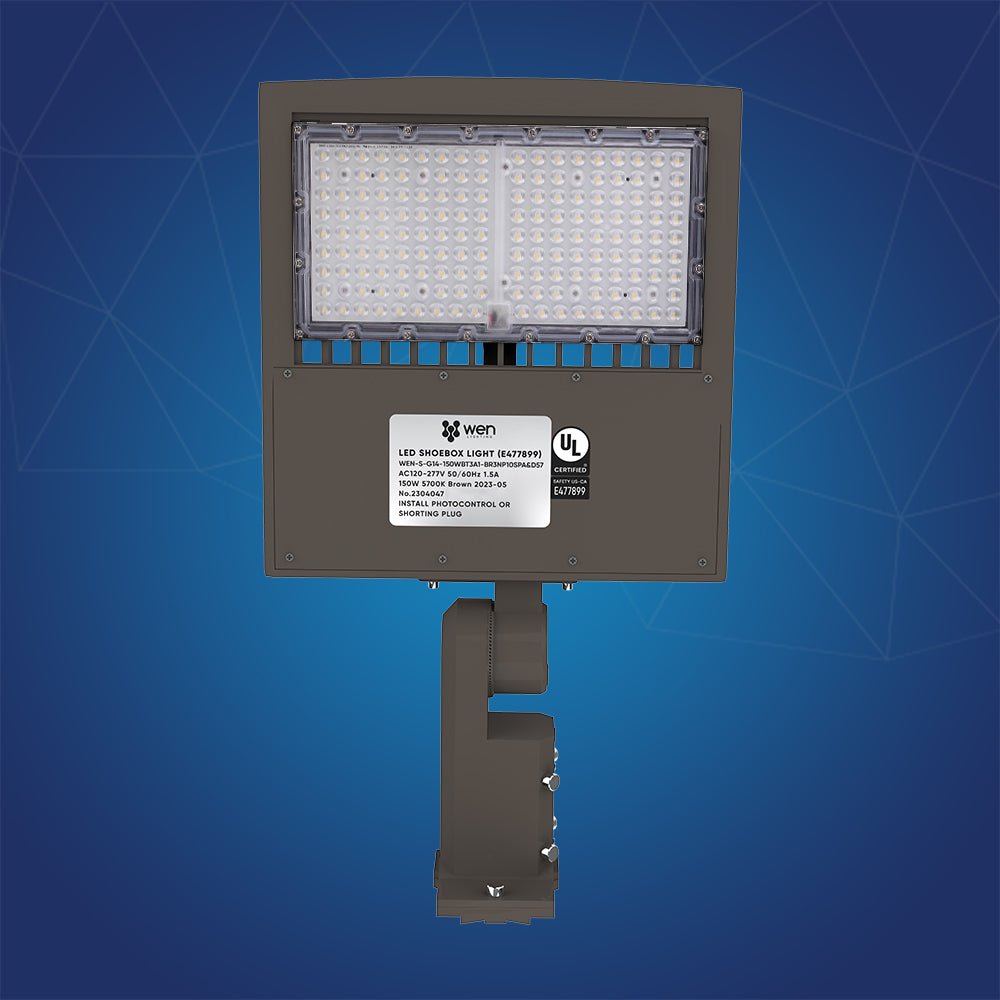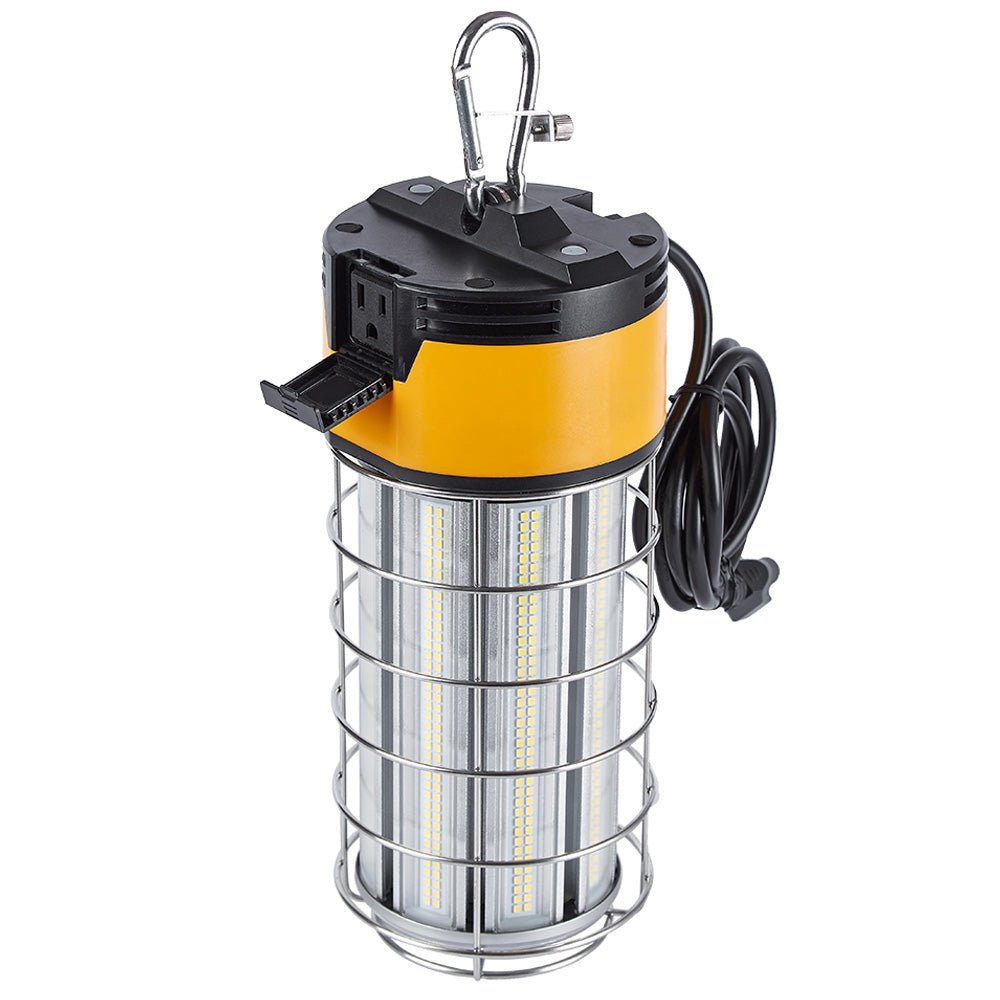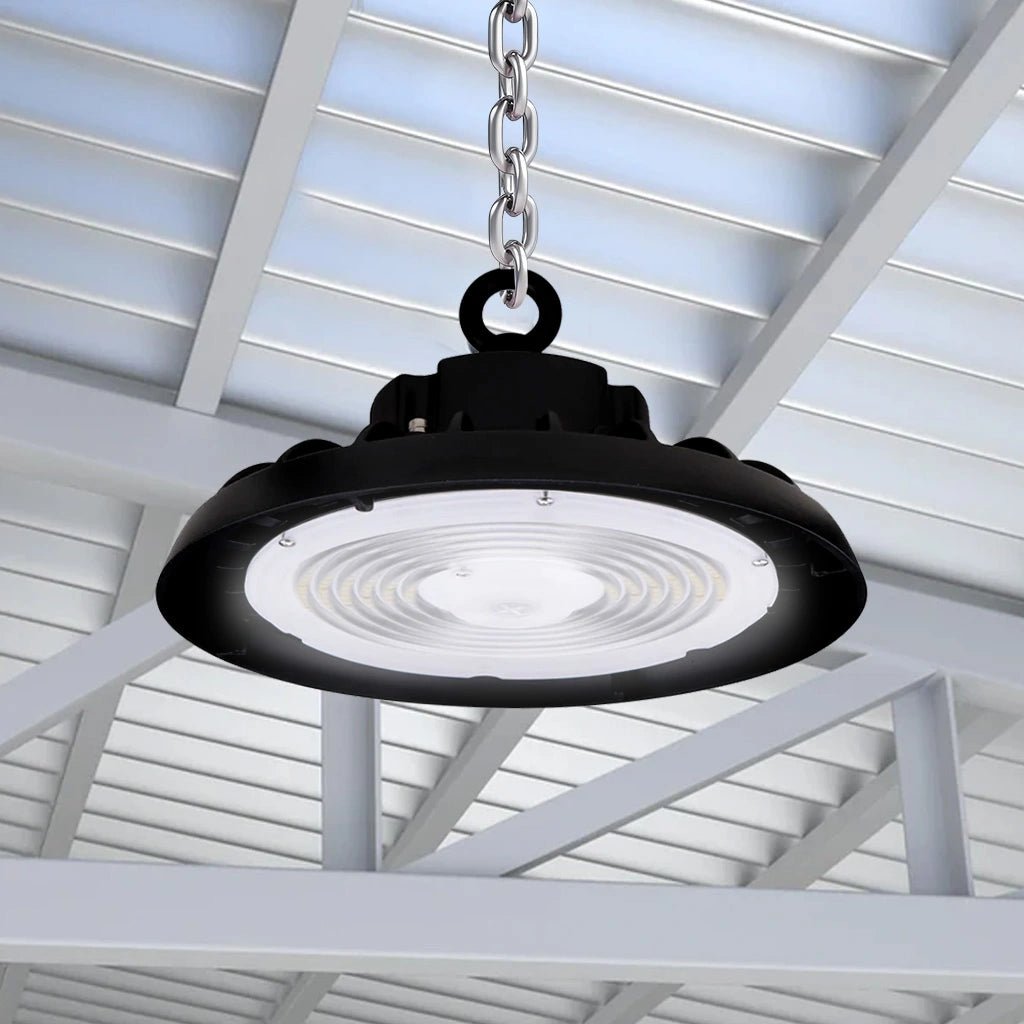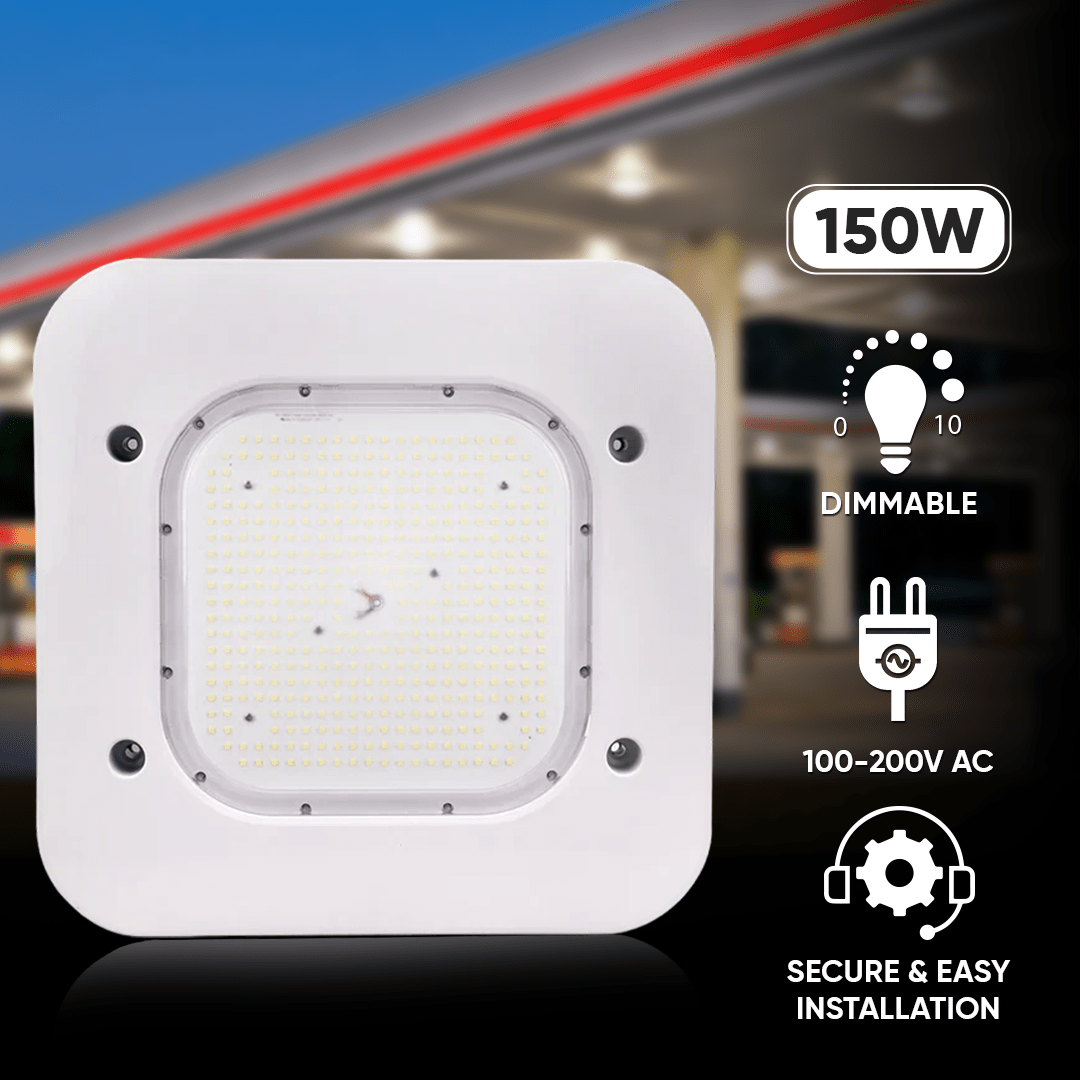Introduction
LED lights have revolutionized the way we illuminate our homes, offices, and outdoor spaces. With their energy efficiency, long lifespan, and superior brightness, it's no wonder they’ve become the go-to lighting choice for many. One of the common questions people have when considering LED lights is, "How bright is a 150-watt LED light?" This article will delve into this topic, helping you understand just how powerful and efficient a 150-watt LED light can be.
Understanding LED Brightness
To comprehend the brightness of a 150-watt LED light, it’s crucial to understand how LED brightness is measured. Unlike traditional incandescent bulbs where brightness was typically gauged by wattage, LED lights use lumens as the primary measurement. Lumens represent the total amount of visible light emitted by a source, and this measurement helps consumers compare brightness across different types of lighting.
What Does 150 Watts Mean in LED Lighting?
When we talk about a 150-watt LED light, we’re referring to the amount of energy it consumes, not necessarily the amount of light it produces. In the world of LED lighting, 150 watts is considered quite powerful, often used for large spaces or outdoor applications. The more important metric to focus on is the lumens produced by this wattage. A typical 150-watt LED light can produce between 15,000 to 25,000 lumens, depending on the quality and design of the LED.
Comparing LED Lights to Traditional Bulbs
To put this in perspective, traditional incandescent bulbs use much more power to produce the same amount of light. A 150-watt incandescent bulb, for example, might only produce around 2,500 lumens, meaning a 150-watt LED light is significantly brighter. Similarly, a 150-watt LED light can easily replace a 400-watt metal halide or high-pressure sodium bulb, making it a superior choice for those looking to save on energy costs while maintaining brightness.
Factors Influencing the Brightness of a 150-Watt LED Light
Several factors can influence how bright a 150-watt LED light appears:
- Quality of the LED Chip: High-quality LED chips tend to be more efficient, producing more lumens per watt.
- Design and Technology: The design of the LED fixture, including reflectors and lenses, can affect how light is distributed.
- Color Temperature: Measured in Kelvins (K), color temperature affects the perceived brightness. Higher color temperatures (5000K or more) tend to appear brighter and are often used in workspaces, while lower temperatures (3000K-4000K) provide a warmer, softer light.
Applications of 150-Watt LED Lights
Given their high brightness, 150-watt LED lights are versatile and can be used in various settings:
- Indoor Applications: Warehouses, large retail spaces, and high-ceilinged areas benefit from the intense light of a 150-watt LED.
- Outdoor Applications: Ideal for parking lots, sports fields, and security lighting, where bright, wide-reaching illumination is necessary.
Advantages of Using 150-Watt LED Lights
Switching to 150-watt LED lights offers numerous advantages:
- Energy Efficiency: LED lights consume far less electricity than their incandescent or fluorescent counterparts, translating into significant energy savings.
- Longevity: LEDs have a longer lifespan, often lasting over 50,000 hours, reducing the need for frequent replacements.
- Environmental Benefits: With lower energy consumption and less frequent replacements, LEDs are better for the environment.
Calculating the Brightness Needs for Your Space
Before installing a 150-watt LED light, it’s essential to assess whether it will meet your space’s needs. Generally, lighting requirements are measured in lumens per square foot. For example, a workspace might need 70-100 lumens per square foot, so a 150-watt LED light emitting 20,000 lumens would be suitable for a 200-300 square foot area.
How to Choose the Right 150-Watt LED Light
When selecting a 150-watt LED light, consider the following:
- Brand Reputation: Opt for reputable brands known for quality and reliability.
- Product Reviews: Customer feedback can provide insights into the performance and durability of the product.
- Warranty: A good warranty can be a sign of a manufacturer's confidence in their product's quality.
Installing a 150-Watt LED Light
Installing a 150-watt LED light can be straightforward, but here are some tips:
- Basic Steps: Ensure the power is off before installation, secure the fixture properly, and follow the manufacturer's instructions carefully.
- Safety Tips: Given the high brightness, avoid direct exposure to the light source, and consider the heat dissipation needs to prevent overheating.
Maintenance of a 150-Watt LED Light
Maintaining a 150-watt LED light involves:
- Regular Cleaning: Dust and debris can accumulate on the fixture, reducing light output.
- Troubleshooting: If the light flickers or dims, it might be due to a loose connection or power supply issue, which should be checked promptly.
Cost Considerations
Although the upfront cost of a 150-watt LED light can be higher than traditional lighting, the long-term savings on energy bills and replacement costs make it a worthwhile investment. Over time, the efficiency of LED lights leads to significant reductions in electricity usage.
FAQs About 150-Watt LED Lights
Q. What does 150 watts mean in LED lighting?
A. In LED lighting, 150 watts refer to the power consumption of the light. It’s important to focus on lumens, which measure brightness.
Q. How many lumens is a 150-watt LED light?
A. A 150-watt LED light typically produces between 15,000 and 25,000 lumens, depending on the design and quality.
Q. Can a 150-watt LED light replace a traditional bulb?
A. Yes, a 150-watt LED can replace higher wattage incandescent or HID bulbs, providing the same or even greater brightness.
Q. How long do 150-watt LED lights last?
A. On average, 150-watt LED lights can last up to 50,000 hours, depending on usage and environmental conditions.
Q . Are 150-watt LED lights suitable for outdoor use?
A. Yes, many 150-watt LED lights are designed specifically for outdoor applications, offering high brightness and durability.
Future Trends in LED Lighting
LED technology continues to evolve, with advancements in efficiency, smart lighting integration, and design. The future of high-power LED lighting looks promising, with even more energy-efficient and versatile options on the horizon.
Conclusion
In conclusion, a 150-watt LED light is an incredibly bright and efficient lighting



